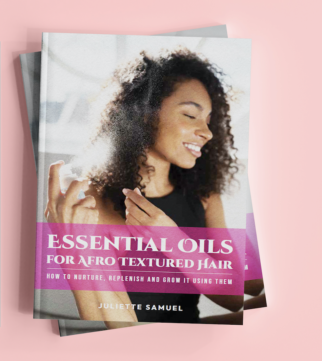It has taken me 13 1/2 years to write two articles on skin care and how it relates to cancer. My mother had breast and bone cancer and I watched her move through all of the stages of hair loss and skin changes.
One of the side effects of chemotherapy is cutaneous hyperpigmentation. Because hair and skin cells are constantly replicating, they are usually damaged during chemotherapy treatments.
Some of the common side effects chemotherapy are:
- Severe dryness
- Hyperpigmentation
- Photo-sensitivity
- Rashes
- Folliculitis – an acne like skin rash
Keeping inflammation and dehydration under control is extremely important. With proper skin care, hyperpigmentation can also be kept under control.
It’s not quite clear why chemotherapy causes hyperpigmentation. In general hyperpigmentation is the process by which pigment is produced and duplicated in your skin.
Can Prevention be used during the course of treatment?
Dryness, irritation and allergic reactions are all common during chemotherapy. Any one of these conditions can worsen hyperpigmentation because of an increase in inflammation. Keeping your skin hydrated and calm are key steps in preventing hyperpigmentation.
Safe ingredients such as glycerin, hyaluronic acid and other humectants should be part of a daily regimen for chemo patients.
Folliculitis is an inflammation or infection of hair follicles. During chemotherapy, folliculitis is often identified as acne. The skin where it appears is hypersensitive and prone to some type of reaction. Traditional acne treatments are too harsh for this condition.
Gentle products that reduce inflammation, fight bacteria and clear the follicles of cell debris will help shorten the duration of this outbreak.
It’s important to use gentle products that will inhibit pigment growth. Be especially careful of hydroquinone, because it’s likely to irritate what has now become extremely sensitive skin.
Some effective ingredients that help with hyperpigmentation are:
Arbutin – Naturally found in pears, bearberries, blueberries and cranberries will help suppress activity of tyrosinase.
Azelaic acid – Naturally found in grain products and castor beans.
Kojic Acid – Naturally found in mushrooms and rice bran, kojic acid chelates copper bound to tyrosinase and decreases the number of melanosomes.
L-ascorbic acid is naturally found in botanical sources, such as citrus fruit and corn and prevents melanin formation.
During the course of chemotherapy, products containing dyes, perfumes and other sensitizers should be avoided. Good hydration and anti-inflammatory ingredients can bring relief to severely stressed skin.
Everyone should be using a SPF 30 or greater on any exposed skin. UV induced inflammation is one of the primary causes of hyperpigmentation.
Is Healthy Black Skin Possible After Chemotherapy?
Yes. It’s best to avoid any type of exfoliating treatments during chemotherapy but they can be added to your skin care regimen after you complete your treatments.
Some pigmentation will fade on its own while much of it will remain on the surface of your skin. If skin that’s undergone chemotherapy is left untreated, skin discoloration will increase.
Hopefully this article has been enlightening to some of you on what happens when your skin under goes chemotherapy treatments.
Dedicated To Your Beauty,
Juliette Samuel
Esthetician/Author/Publisher




 Facebook
Facebook Twitter
Twitter Delicious
Delicious Digg
Digg Myspace
Myspace StumbleUpon
StumbleUpon Youtube
Youtube